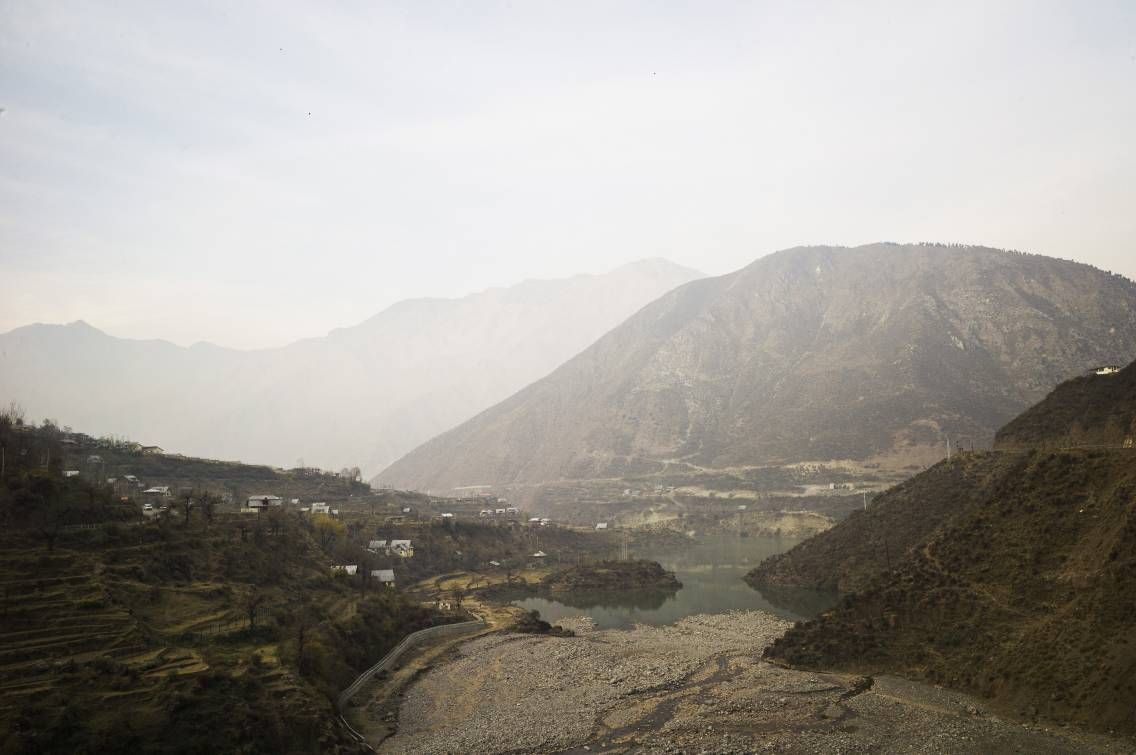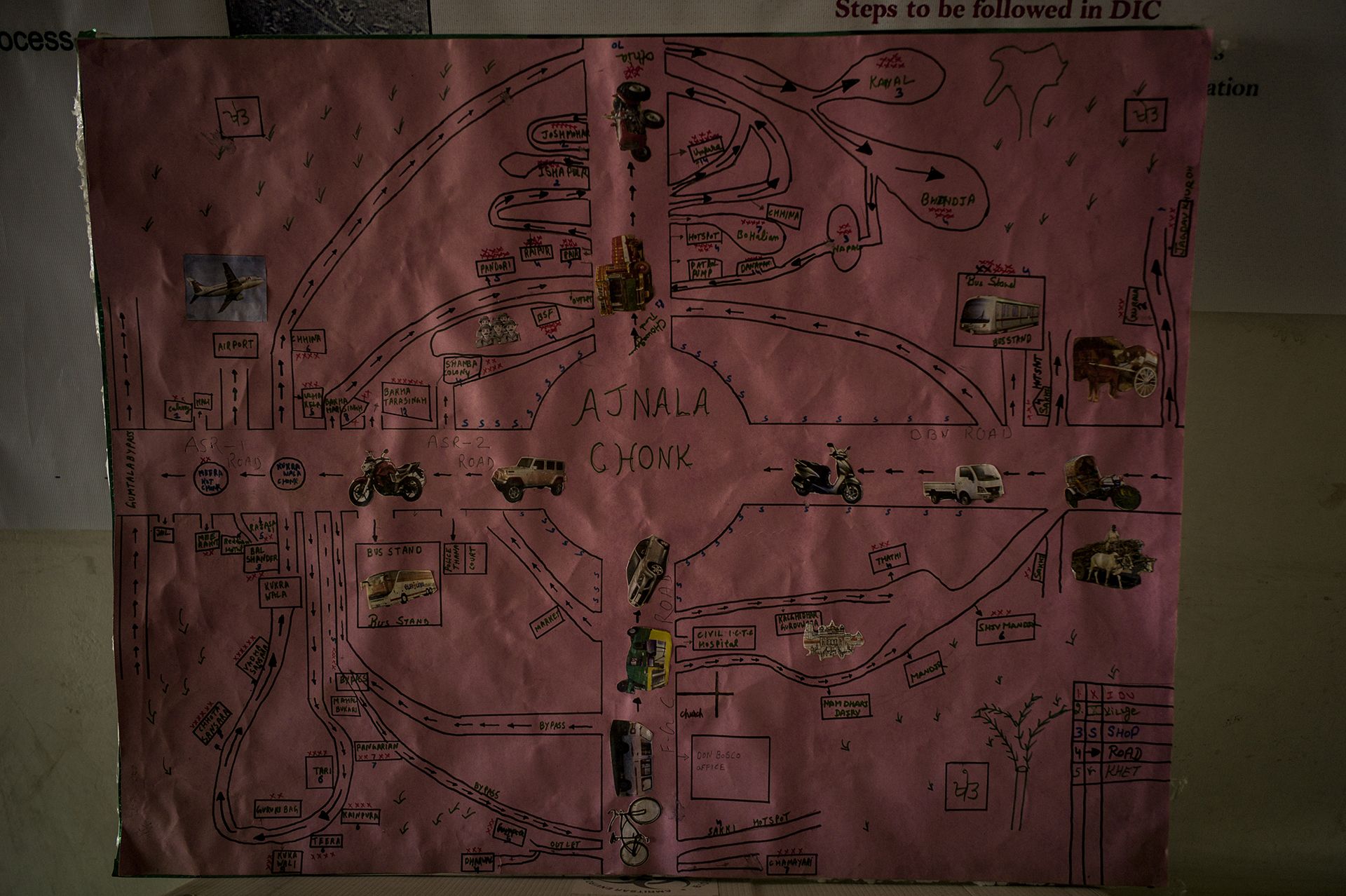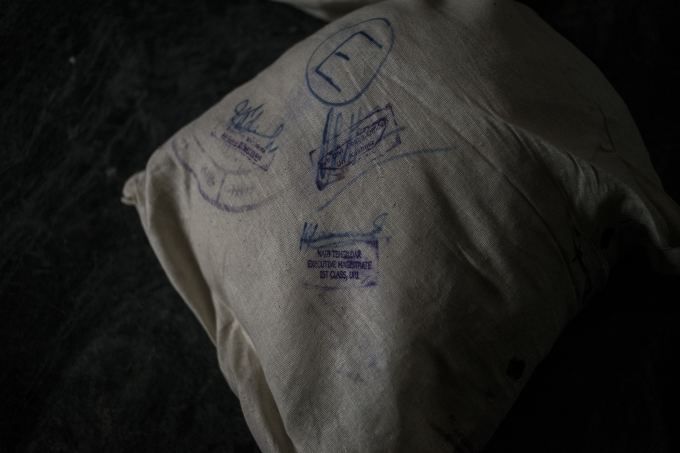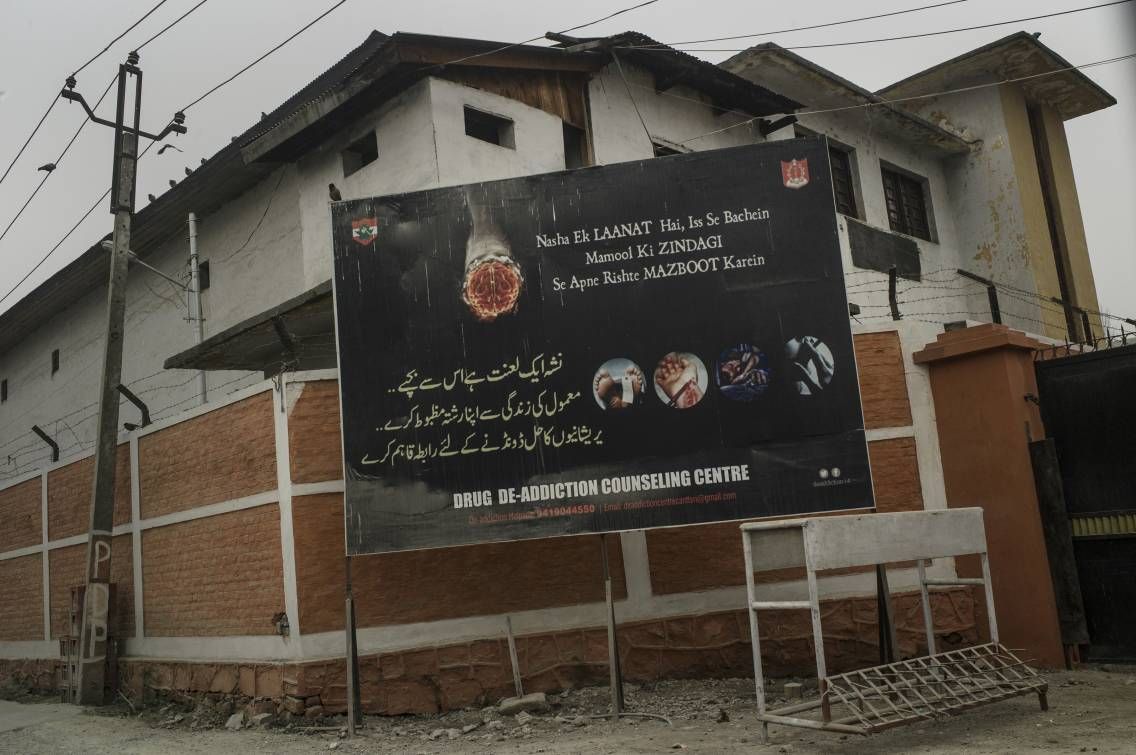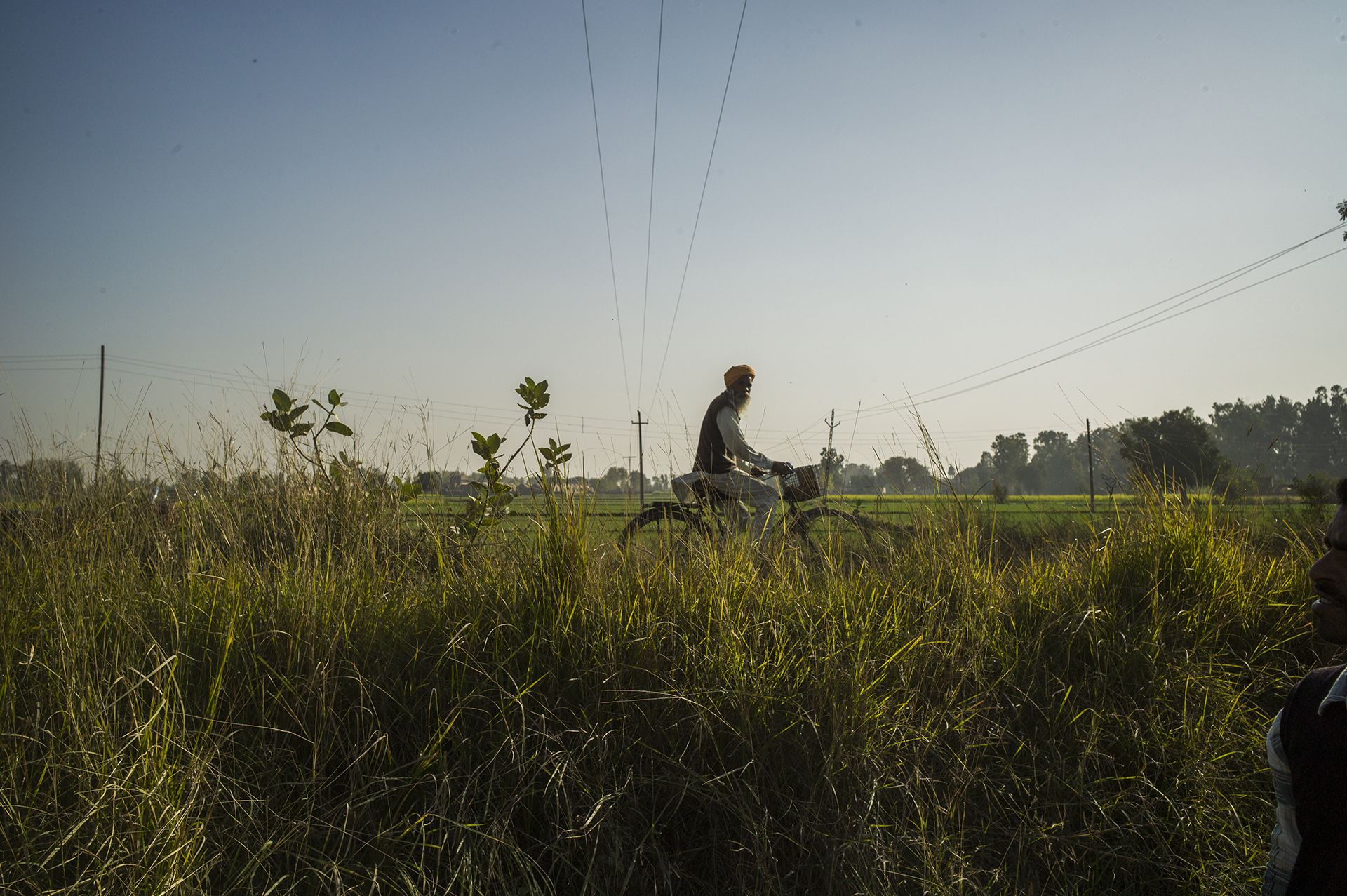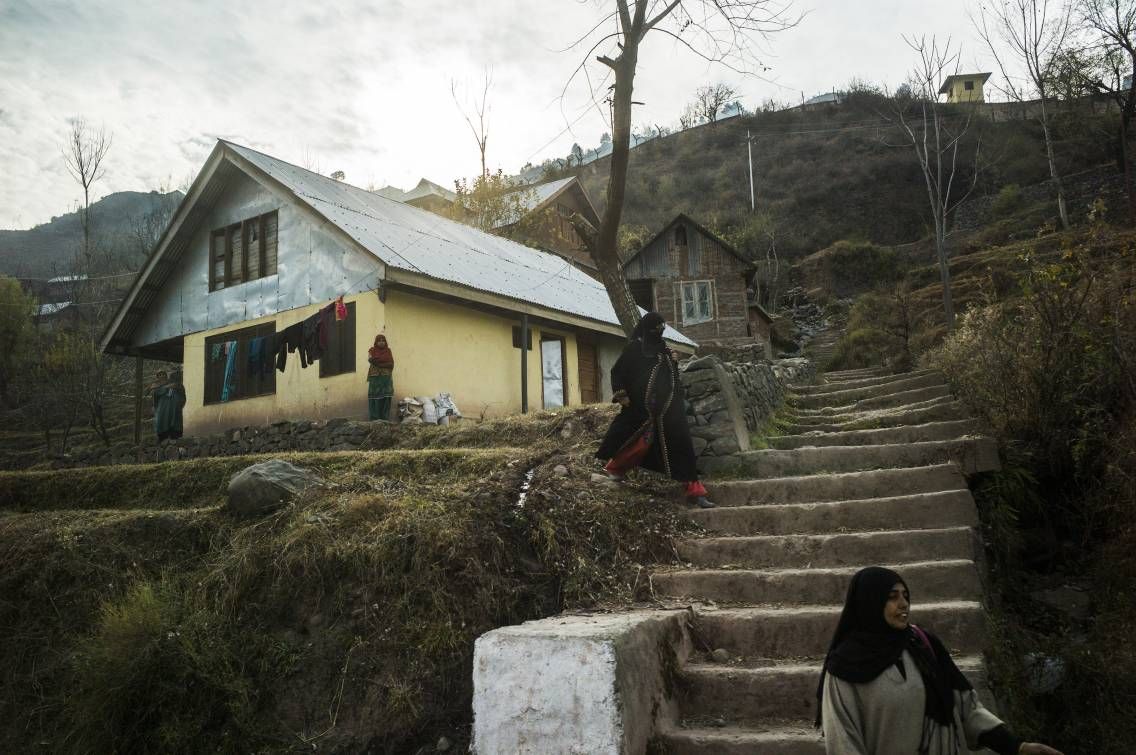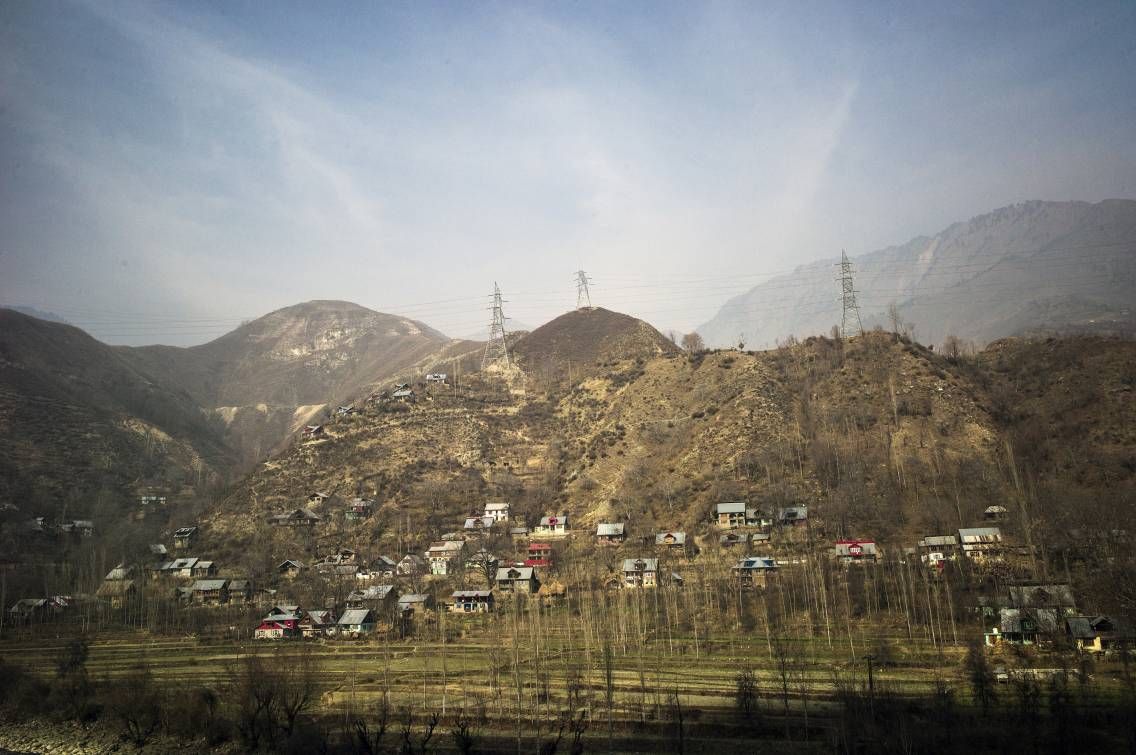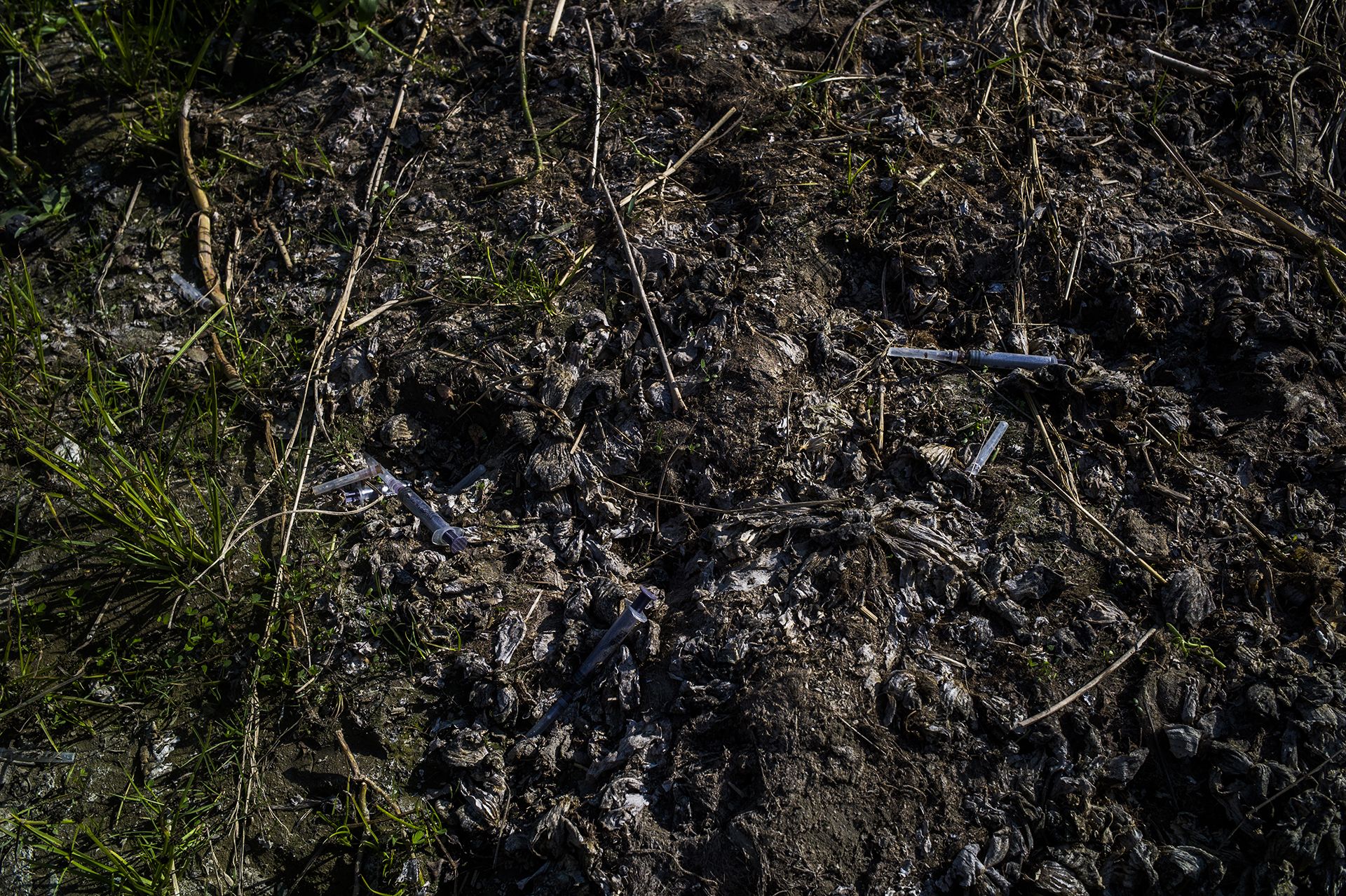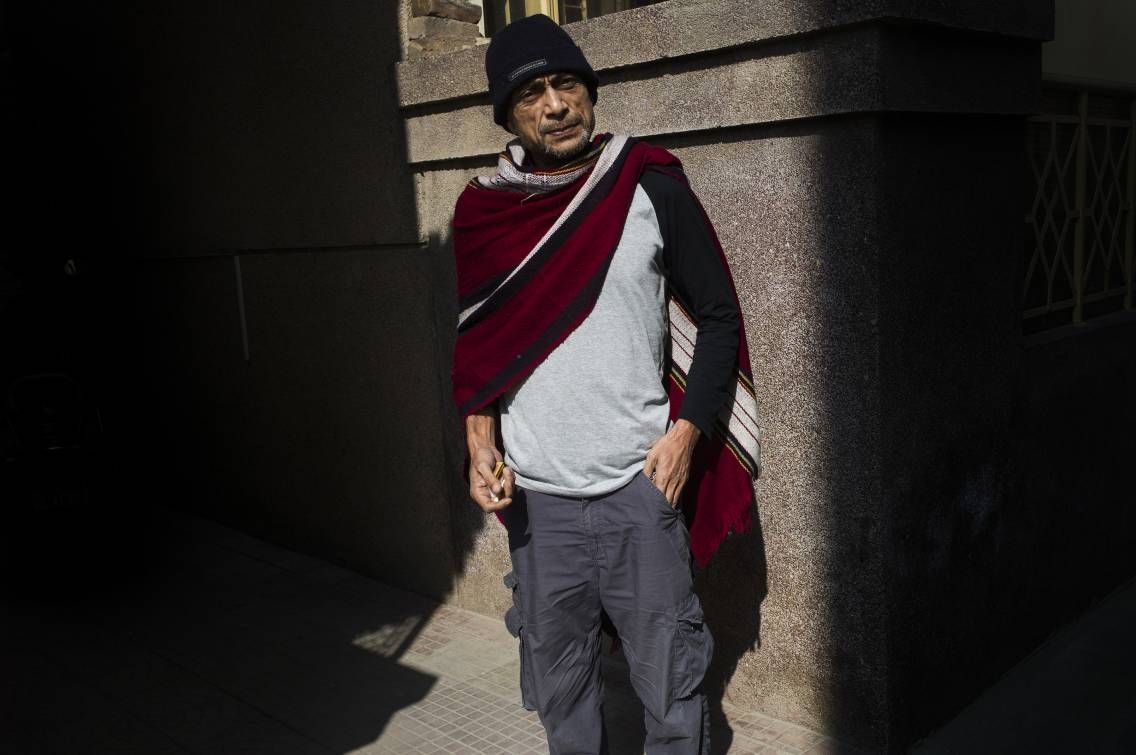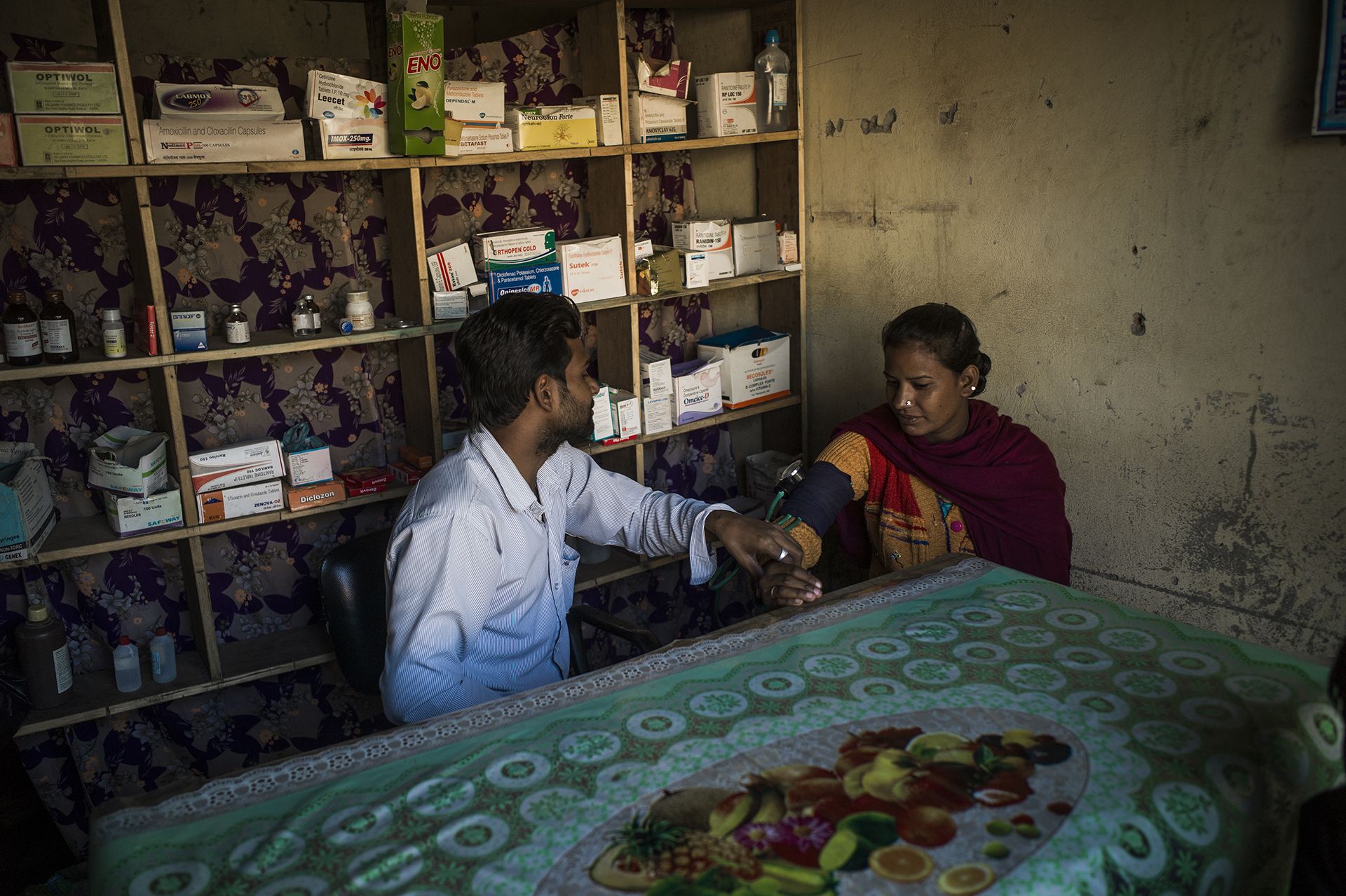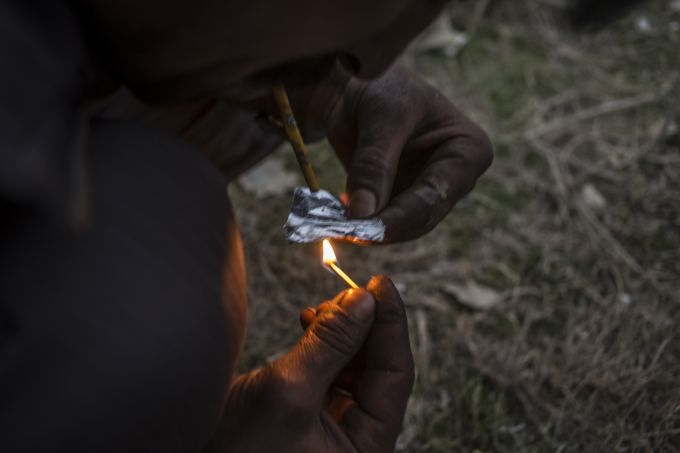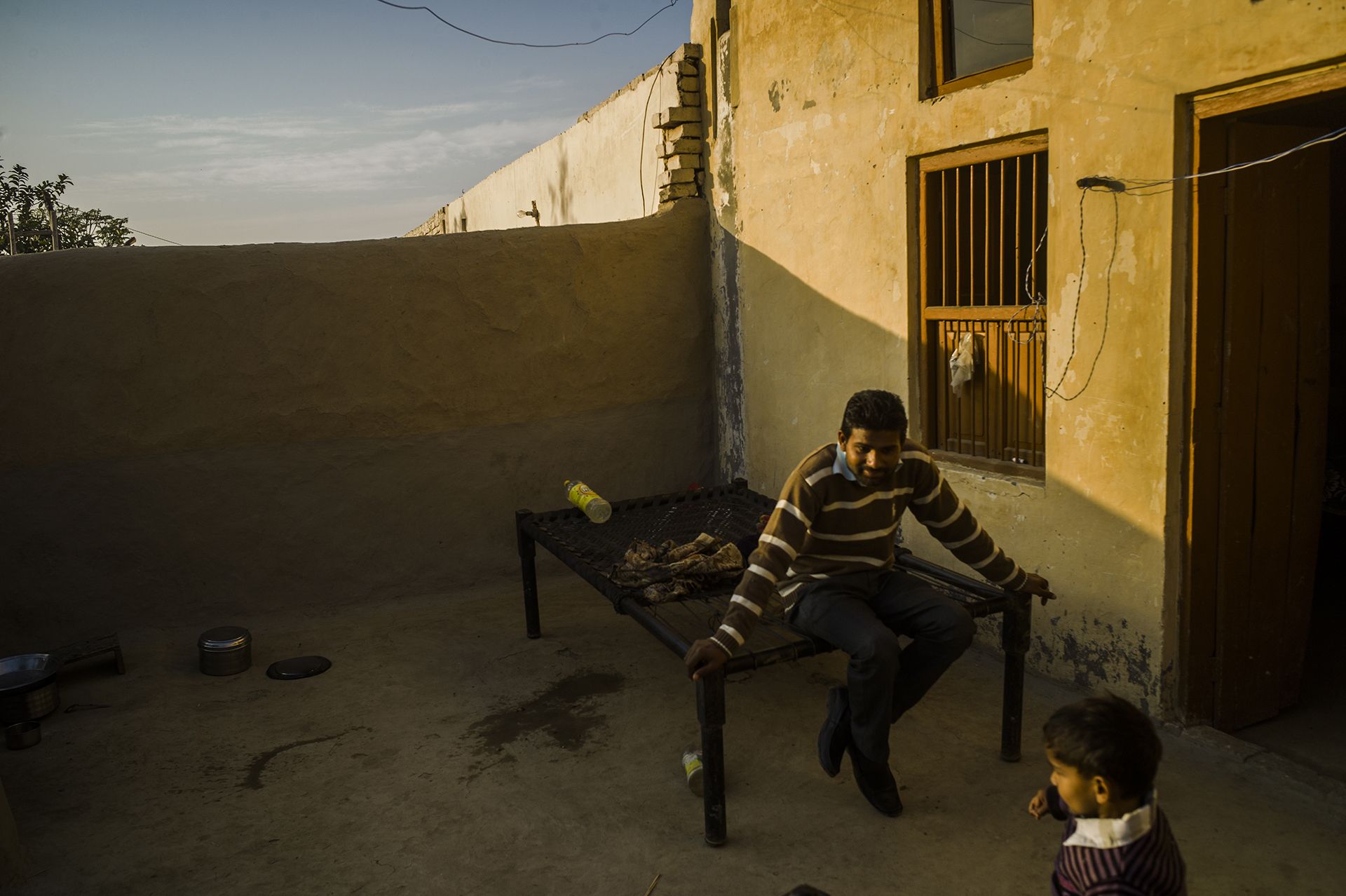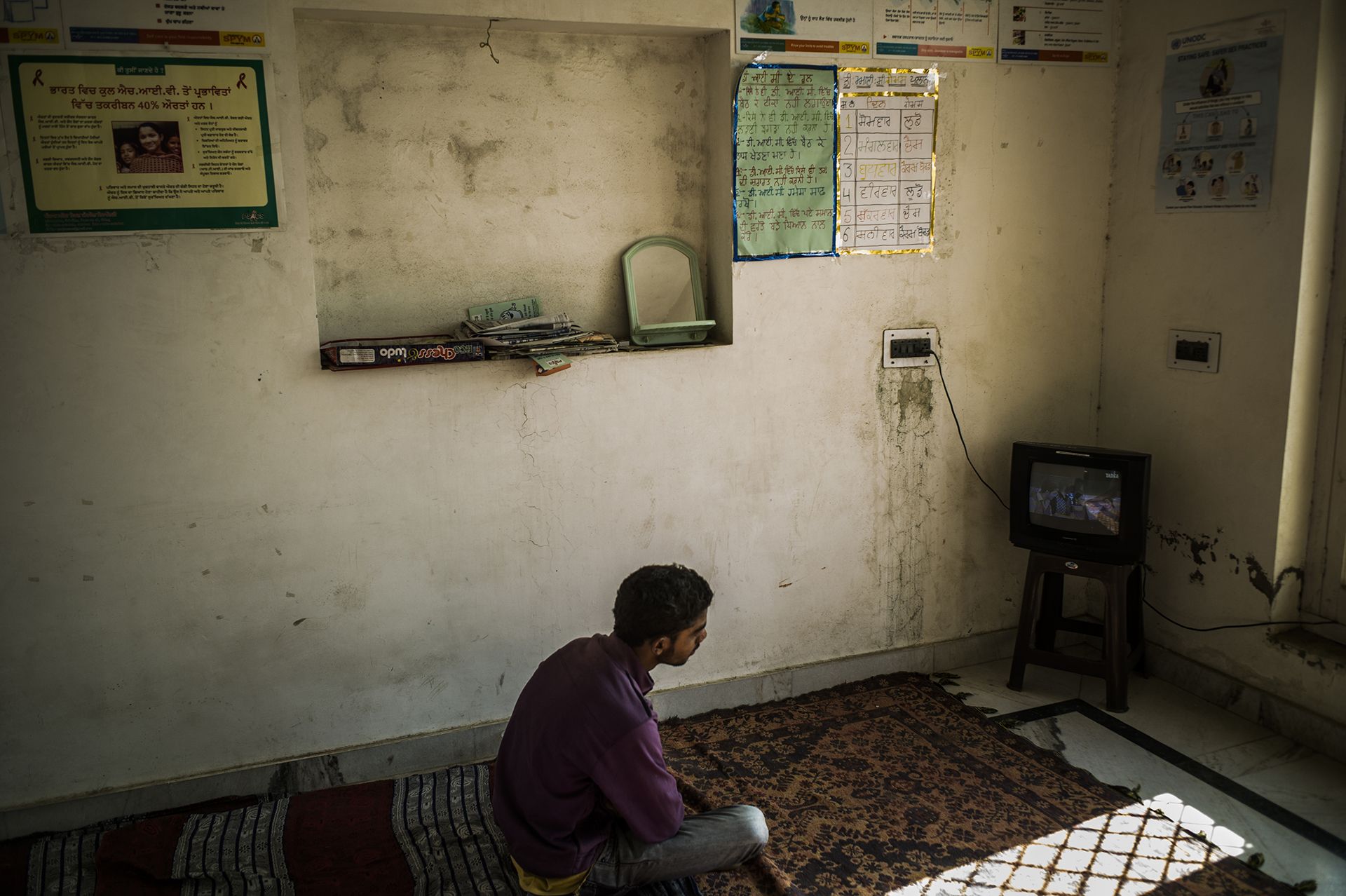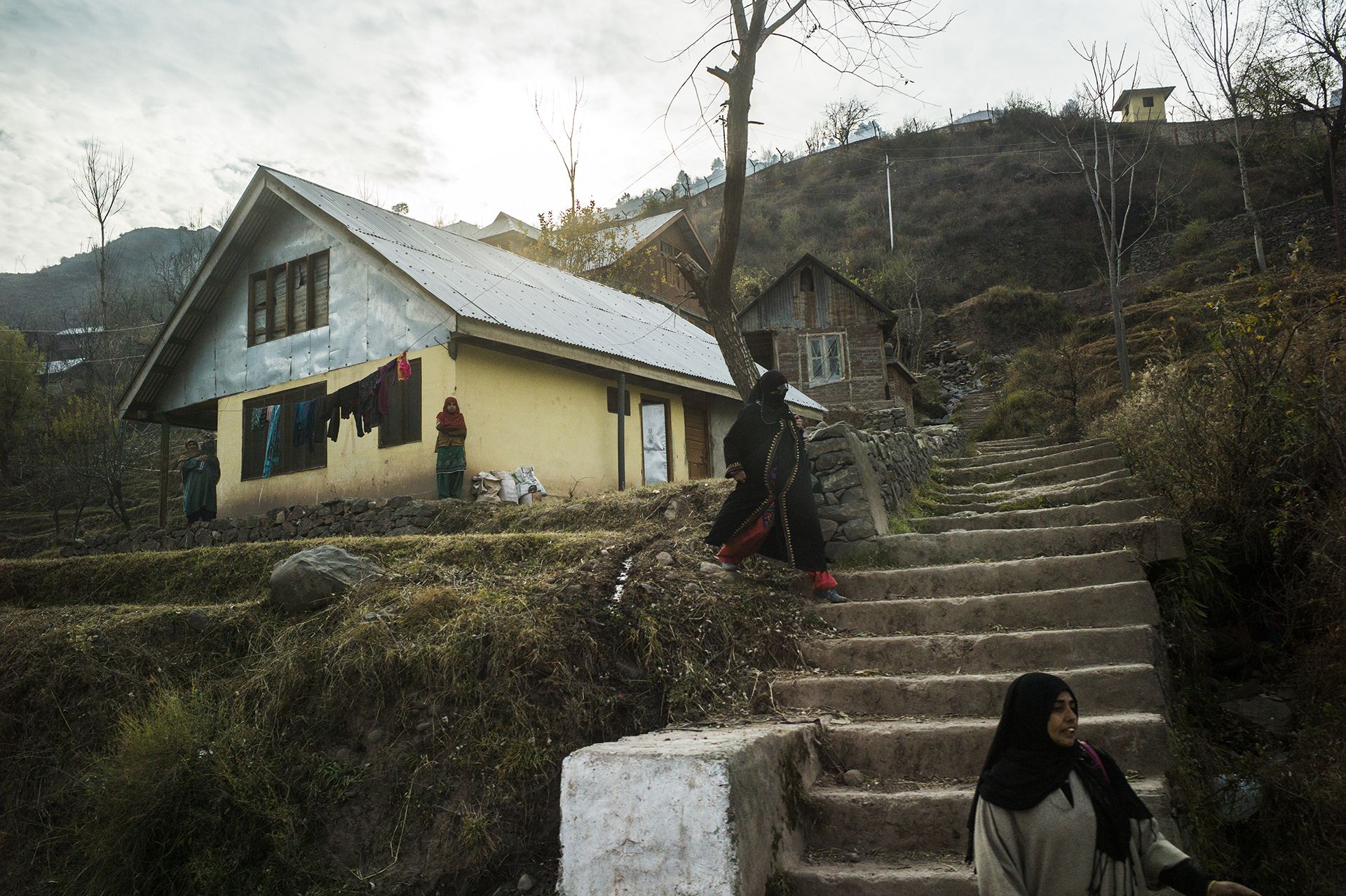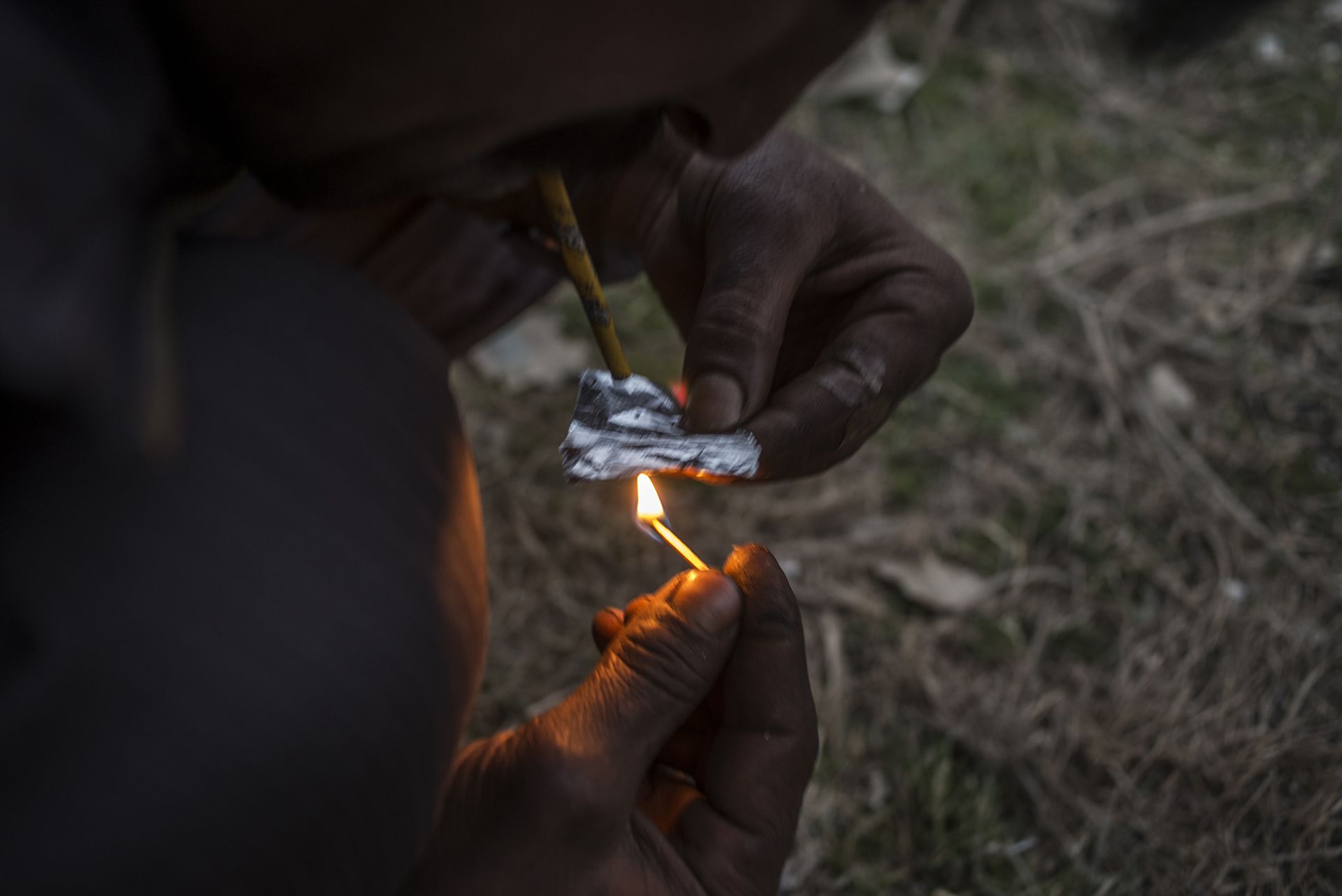Objective:
Students will develop a proposal for the Punjab and Kashmir governments in India to help prevent and eventually eliminate the heroin epidemic.
Essential Question:
What can be done to prevent the heroin epidemic in northern India?
Warm-up:
1. Locate India, Pakistan, and Afghanistan on a map.
2. Locate the northern states of Kashmir and Punjab.
3. Knowing the dangers of heroin, discuss, in groups of 4, why you think people would overwhelmingly choose to do heroin.
4. Why do you think this problem targets people in northern India?
5. Why is this problem not reported in the United States?
Introducing the Lesson:
The heroin epidemic is growing in northern India on the border between Pakistan and India. According to Pulitzer Center grantee Michael Edison Hayden, “As many as 70 percent of Punjabi males between the ages of 16 and 35 living in Amritsar are allegedly addicted. In Kashmir, official numbers haven't been taken, but it’s well known among residents that the issue is severe, and that the psychological pressures of living in a conflict zone are often self-medicated though opiates.”
This lesson will use all of the sources in the project. Read the introduction to gain basic knowledge of this particular topic. Then, view/read the following resources provided.
- On the Border: Heroin Epidemic (video)
- North India's Heroin Epidemic (slideshow)
- Kashmir's War on Drugs (article)
- Kashmir's Heroin Highway (article).
All articles were written by journalists from the Pulitzer Center, an organization that supports international journalism. We will analyze several sources to determine whether there is hope for India.
Conclusion:
Creating a Plan to Engage Our Communities
Create a proposal for the government that will help prevent and solve the drug problem in the northern regions of India. It is your job to come up with a proposal for fighting the drug epidemic in India. You will work in groups of no more than three and submit one assignment representing the efforts of all students.
The Task:
- What NGOs would you target to try to help your efforts?
- Would you ask other countries/the United Nations for help in this effort?
- Where would the money come from to support these efforts?
- How much is the estimated cost of your program?
- What areas would you focus on most: Prevention, Treatment, Law Enforcement (arrests, penalties, jail time), Interdiction (cutting off the supply and stopping the production), or International (dismantling the drug organizations)?
Strategy:
What are you targeting? What are the basic pillars of your strategy, and WHY?
The Product:
A 4-5 minute presentation—with visual aide—of your budget and strategy
Helpful Hints:
- RESEARCH. Specific data and examples make your strategy stronger (and a bibliography of at least 3 sources is required). Several sources are available at the Pulitzer Center website.
- Make your presentation easy to understand by using charts and graphs, especially pie charts.
Content:
Presenters include a bibliography with at least three sources.
5 4 3 2 1 0
Presentation reflects an in-depth analysis of the issues and contains specific references, facts, data, etc. that support the group’s strategy in regard to each of the following categories: Prevention, Treatment, Law Enforcement, Interdiction, International.
20 15 10 5 0
Presentation shows breakdown of your estimated budget explaining why you are spending money on a specific topic and how you will spend it.
10 7 5 3 0
Presentation:
Preparation: Group members responsibly and effectively used preparation time in class.
5 4 3 2 1 0
Group created a visual presentation that neatly summarized their budget and strategy.
5 4 3 2 1 0
Delivery:
Presentation was audible, clear, poised, rehearsed, and held the attention of the audience.
10 8 6 4 2 0
Presentation was entertaining and showed a carefully planned strategy
5 3 0
Presentation was 4-5 minutes.
5 4 3 2 1 0
Total ___________/65 points
Extension:
After presentations have been given, vote on the best proposal and discuss what it strengths were and why that proposal would work best.
CCSS.ELA-LITERACY.RH.11-12.7
Integrate and evaluate multiple sources of information presented in diverse formats and media (e.g., visually, quantitatively, as well as in words) in order to address a question or solve a problem.



